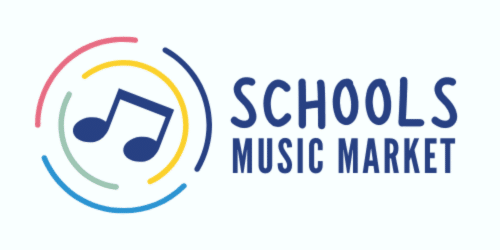Unleashing the Power of Music Therapy: A Comprehensive Guide to Harnessing its Benefits in the Classroom
Music therapy is a remarkable form of therapy that utilizes the profound impact of music to address emotional, physical, and cognitive needs. It has gained widespread recognition for its ability to benefit individuals with mental health conditions, learning disabilities, and physical disabilities. This article aims to delve into the advantages of music therapy and provide practical tips on how to seamlessly incorporate it into the music classroom.
The Benefits of Music Therapy
- Reduces Stress and Anxiety: Music creates a soothing and calming environment, making it an effective tool for relieving stress and anxiety. It stimulates the release of endorphins, which act as natural pain-relievers and mood-enhancers.
- Improves Mood: Music possesses the remarkable ability to evoke strong emotions and significantly impact mood regulation. Research has demonstrated that listening to music can increase feelings of happiness and alleviate symptoms of depression.
- Enhances Cognitive Function: Music also has a positive effect on cognitive function, particularly in areas such as memory, attention, and language. By engaging multiple areas of the brain, music provides a stimulating environment for neural development and strengthens connections between different brain regions.
- Promotes Physical Healing: Music therapy has proven effective in promoting physical healing, especially for individuals dealing with chronic pain, stroke, and traumatic brain injury. Through distraction from pain, reduction of muscle tension, and promotion of relaxation, music facilitates faster physical recovery.
Incorporating Music Therapy into the Music Classroom
- Create a Safe and Comfortable Environment: Establishing a safe and comfortable environment is crucial for students to actively participate in music therapy. This involves setting clear boundaries, fostering a non-judgmental atmosphere, and promoting open communication between students and teachers.
- Encourage Active Participation: Encourage students to actively engage in music therapy activities such as singing, playing instruments, and composing. Active participation enables students to fully immerse themselves in the therapeutic process and reap its benefits.
- Integrate Various Musical Forms: Incorporate a diverse range of musical forms, including classical, pop, and world music, during music therapy sessions. This provides students with varied musical experiences and caters to their individual preferences and needs.
- Address Specific Goals through Music: Utilize music to address specific therapeutic goals, such as stress and anxiety reduction, mood improvement, or cognitive function enhancement. This helps students recognize the direct connection between music therapy and their personal growth and development.
In conclusion, music is a powerful tool for enhancing emotional, physical, and cognitive well-being. By seamlessly integrating music therapy into the music classroom, teachers can instill a love for music in their students while harnessing its myriad benefits. If you’re interested in incorporating music therapy into your music class, remember to create a safe and comfortable environment, encourage active participation, integrate various musical forms, and utilize music to address specific therapeutic goals.
For resources to support your music classroom click here to browse the full list.



